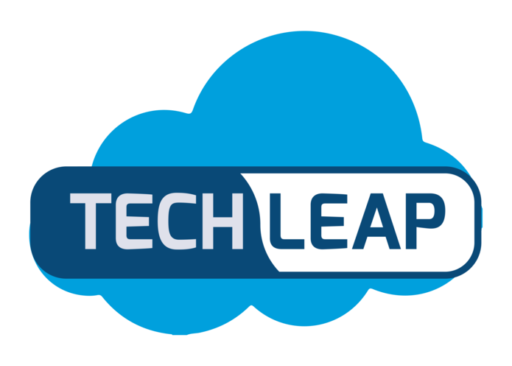Uplevel Your Research Workflow with GPT
As we progress into the digital age, the amount of information available has become both a blessing and a curse. We can access more data, but the challenge lies in locating the specific information we need.
Traditional search engines often struggle to process and organize vast available data effectively, leading to wasted time and frustrations.
This is where GPT comes in. By using GPT technology, you no longer have to conduct tedious manual searches. These natural language understanding models will help you quickly gather information from thousands of documents.
How ChatGPT/GPT Can Help
Large Language Models (LLMs) process and generate text based on vast data. They are trained on diverse content from the internet, which allows them to understand context, respond to prompts, and develop human-like text. These models use advanced machine learning techniques such as deep learning and natural language processing (NLP) to predict and create relevant, coherent, engaging text.
A Brief Overview of ChatGPT
ChatGPT is an AI language model designed to engage in conversation, understand context, and generate human-like responses. Its main focus is on providing quick, accurate, and relevant information. It can be used for various applications, such as customer support, content creation, and even as a virtual assistant.
ChatGPT vs. GPT API
ChatGPT is explicitly designed for conversational applications and excels at handling multi-turn conversations with context awareness.
On the other hand, GPT API is the underlying architecture of ChatGPT that powers many of its features. It’s an end-to-end solution for automated information retrieval from documents combined with powerful NLP capabilities such as sentence similarity scoring and deep learning models. This helps users quickly find relevant information from extensive collections of documents.
How it works
GPT feeds a set of documents into its natural language processing engine. This engine then extracts relevant content from these documents, understands the topics discussed, and classifies them into topics and sub-topics.
The extracted content is then indexed for efficient retrieval when queried. It also structures the documents into a knowledge graph that specifies how the different pieces of information link together. This makes it faster to search for specific pieces of data or topics instead of having to go through all of the documents one by one manually.
A Practical Demonstration
We recently trained GPT on insurance manual documents, enabling us to talk the manual. Seeing is believing, so why not watch a video and see GPT in action? Check out the video demo and see how quickly you can find relevant information without spending hours on manual searches.
DocsGPT: An AI-Powered Research Assistant
DocsGPT (https://github.com/arc53/DocsGPT) is a chat application that uses GPT to assist with documentation tasks.
It can be run locally as an open-source solution, making it an excellent option for companies concerned about sharing their data with third-party services like OpenAI. This means you can keep your data secure while benefiting from a language model’s power.
To give you an idea of how DocsGPT works, it would be helpful to see a quick demo of the tool using an open-source Large Language Model. This will showcase its capabilities and help you understand how it can be used for various documentation-related tasks.
Limitations and Challenges of GPT
While GPT has many strengths in generating human-like text, it has several limitations that users should be aware of when employing it for various tasks. Some of these challenges include:
- Inconsistency– GPT can sometimes generate inconsistent or contradictory information within the same text or across different responses. Users should double-check the generated content to ensure consistency and accuracy.
- Difficulty with complex tasks– GPT may struggle with challenging tasks or require a deep understanding of specific domain knowledge. It is better suited for more general tasks or natural language understanding.
- Not able to provide references and links- GPT models may not always provide direct references or links to the source of information, which can be a limitation in specific contexts.
Conclusion
GPT can potentially revolutionize how we access and interact with information in organizations. By embracing this AI-powered tool, you will save time and effort and contribute to developing the future of AI assistance.
As we continue to explore and improve the capabilities of ChatGPT/GPT, we invite you to try it and see the difference it can make in your project documentation experience. Embrace the future of information retrieval and experience a more efficient and streamlined approach to managing your organization’s data

0 Comments